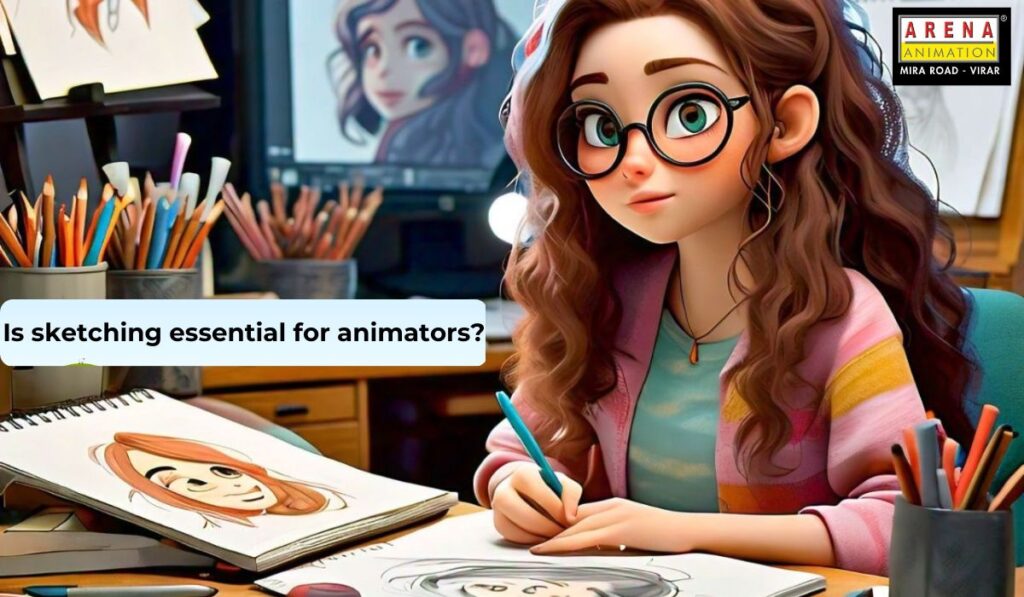
The frequent query posed by students aspiring to pursue a career in 3D animation is whether drawing is a prerequisite. While many receive generic responses, let’s delve deeper into this topic and explore the broader question: “Is it necessary to be an artist to become a successful animation professional?”
Understanding the 3D Animation Pipeline
To begin, let’s familiarize ourselves with the various departments involved in 3D animation production. In a typical studio, we have separate teams dedicated to pre-production, modeling, texturing, animation, rigging, lighting, rendering, FX animation, compositing, and editing.
While rendering, editing, and FX animation generally do not require direct artistic expertise, the remaining departments are interconnected with artistic forms such as drawing, painting, photography, and more.
The Importance of Drawing in Specific Roles

Pre-Production:
- Character Design: A strong drawing skill is essential for creating compelling characters, props, and background layouts.
- Storyboard Artist: To visualize the story and create dynamic storyboards, a solid understanding of drawing is crucial.
- Concept Artist: Inspirational sketches and paintings are vital for setting the visual tone and style of the animation.
- Art or Creative Director: Collaborating with the director to establish the overall look and feel of the film involves creating color palettes and visual references.
Modeling:
- Anatomical Knowledge: A deep understanding of anatomy ensures accurate mesh flow and proportions, resulting in believable characters.
Texturing and Lighting:
- Light and Shadow: A keen sense of light and shadow is essential for creating realistic and visually appealing textures and lighting.
- Color Theory: A strong grasp of color theory enhances the ability to create harmonious and visually pleasing color palettes.
Animation:
- Gesture Drawing: A solid foundation in gesture drawing provides a strong base for creating fluid and expressive character animations.
- Posing and Facial Expressions: Understanding human anatomy and facial expressions is crucial for animating believable characters.
The Role of Other Artistic Skills
While drawing is a fundamental skill for many animation roles, other artistic disciplines can also contribute significantly to a successful career.
- Painting: A background in painting can enhance skills in color theory, composition, and texture creation.
- Photography: Understanding principles of light, shadow, and composition can be invaluable for creating visually compelling scenes and lighting setups.
Conclusion
While drawing is not necessarily a requirement for all animation roles, it can certainly be a valuable asset. The extent to which drawing skills are needed depends on the specific department and the nature of the project.
Ultimately, a successful animation professional is someone who is passionate about storytelling, has a strong understanding of the animation pipeline, and possesses a combination of technical skills and artistic sensibilities.
Speak to counselors at Arena Animation Mira Road – Virar https://www.arenavirar.com/
Other articles to read
https://www.quora.com/Do-animators-have-to-be-skilled-at-drawing
https://kreafolk.com/blogs/articles/do-3d-animators-must-know-how-to-draw